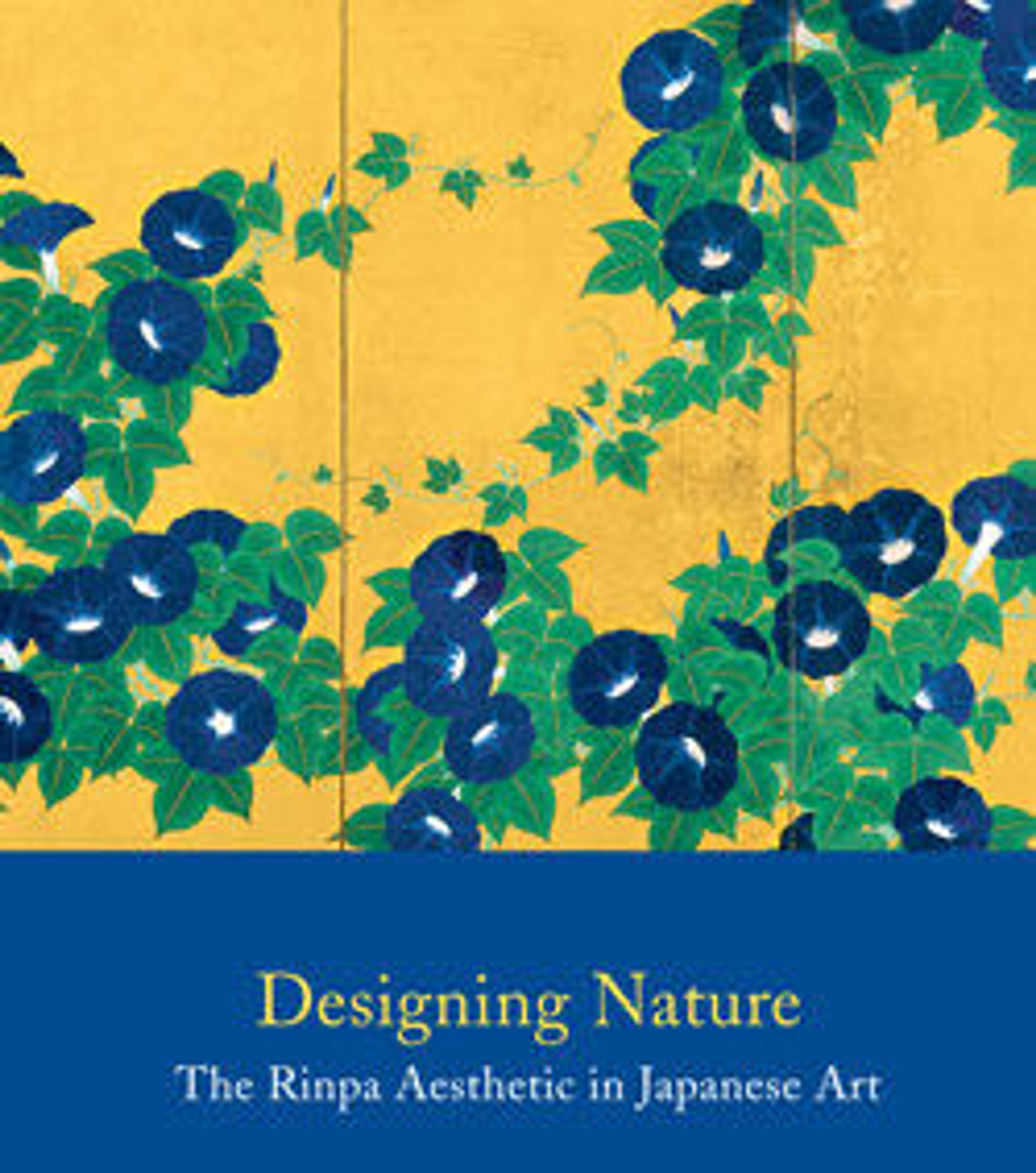Flowering Plants and Vegetables of the Four Seasons
These screens feature a profusion of flowering plants and vegetables painted with “boneless” brushwork (without outlines) in mineral colors and ink on a gold-leaf ground. They were created by an eighteenth-century follower of the Rinpa style established by Tawaraya Sōtatsu (ca. 1570–ca. 1640).
Flowers and flowering grasses of the four seasons, including cotton roses, dandelions, irises, violets, and wild wisteria, are depicted on the right screen; vegetables—such as carrots, corn, eggplants, millet, peas, radishes, and turnips—predominate on the left. Thirty-four flowering plants and thirty-two vegetables have been identified. The broad-leafed vegetation on the left creates a bold visual contrast to the delicate flora on the companion screen. During the eighteenth century, Chinese pharmacology and Western botany drew the attention of Japanese intellectuals not only to plants linked to classical literary traditions but also to domestic flowers and vegetables in their natural environs.
Flowers and flowering grasses of the four seasons, including cotton roses, dandelions, irises, violets, and wild wisteria, are depicted on the right screen; vegetables—such as carrots, corn, eggplants, millet, peas, radishes, and turnips—predominate on the left. Thirty-four flowering plants and thirty-two vegetables have been identified. The broad-leafed vegetation on the left creates a bold visual contrast to the delicate flora on the companion screen. During the eighteenth century, Chinese pharmacology and Western botany drew the attention of Japanese intellectuals not only to plants linked to classical literary traditions but also to domestic flowers and vegetables in their natural environs.
Artwork Details
- 四季花野菜図屏風
- Title: Flowering Plants and Vegetables of the Four Seasons
- Period: Edo period (1615–1868)
- Date: early 18th century
- Culture: Japan
- Medium: Pair of six-panel folding screens; ink, light color, and gold leaf on paper
- Dimensions: Image (each screen): 64 3/16 in. × 12 ft. 2 7/16 in. (163 × 372 cm)
- Classification: Paintings
- Credit Line: Gift of Sue Cassidy Clark, in honor of Dr. Barbara Brennan Ford, 2005
- Object Number: 2005.170.1, .2
- Curatorial Department: Asian Art
More Artwork
Research Resources
The Met provides unparalleled resources for research and welcomes an international community of students and scholars. The Met's Open Access API is where creators and researchers can connect to the The Met collection. Open Access data and public domain images are available for unrestricted commercial and noncommercial use without permission or fee.
To request images under copyright and other restrictions, please use this Image Request form.
Feedback
We continue to research and examine historical and cultural context for objects in The Met collection. If you have comments or questions about this object record, please complete and submit this form. The Museum looks forward to receiving your comments.
